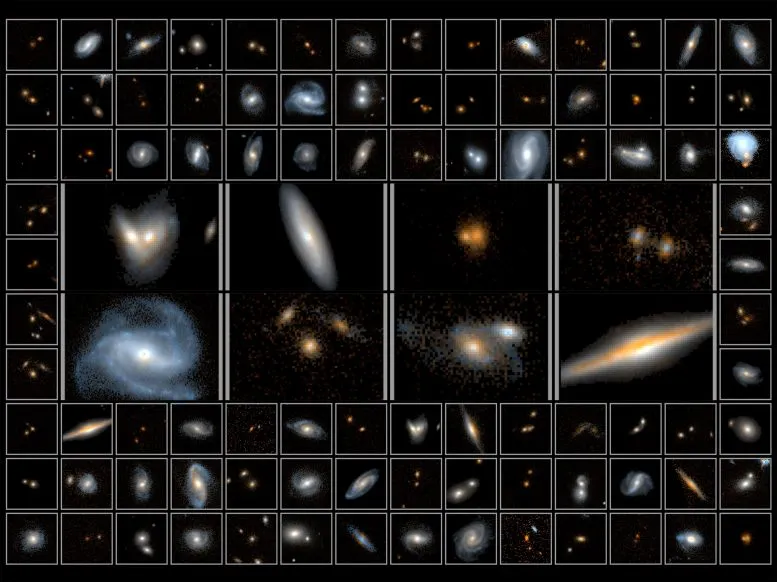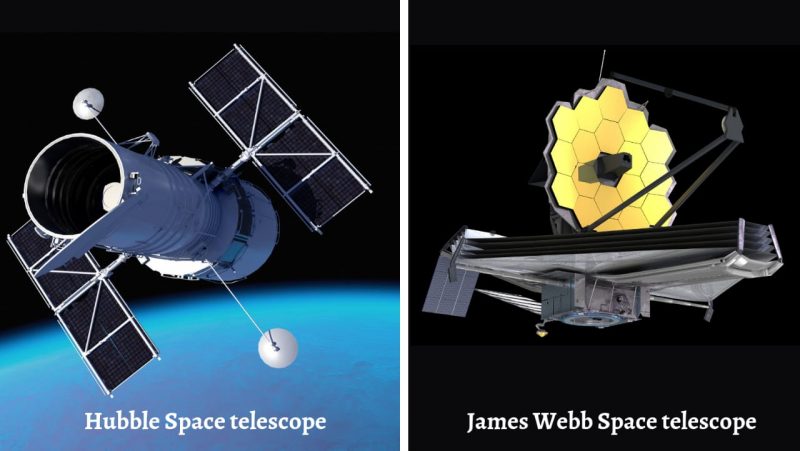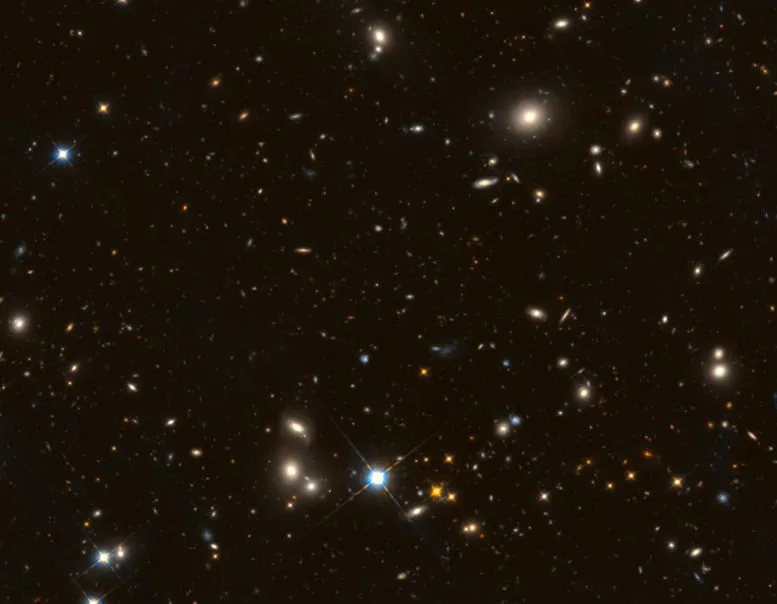The largest near-infrared image ever acquired by NASA’s Hubble Space Telescope was released today by an international team of scientists, allowing astronomers to map the star-forming areas of the universe and learn how the oldest, most distant galaxies were formed.
What Is This 3D-DASH?

This high-resolution scan, known as 3D-DASH, will allow researchers to locate unusual objects and targets for follow-up studies with James Webb Space Telescope (JWST), which was recently launched and will be operational for decades.
“The Hubble Space Telescope has driven a renaissance in the study of how galaxies have altered in the last 10-billion years of the universe,” says Lamiya Mowla, a Dunlap Fellow at the University of Toronto’s Dunlap Institute for Astronomy & Astrophysics and the study’s primary author. “Hubble’s legacy in wide-area imaging will be extended by the 3D-DASH initiative, allowing us to begin to solve the mysteries of galaxies beyond our own.”
How Will It Help Researchers?
3D-DASH provides researchers with a full near-infrared survey of the entire COSMOS field, one of the richest data fields for extragalactic investigations outside the Milky Way, for the first time. Near-infrared scientists are better able to view the earliest galaxies that are the farthest away because it is the longest and reddest wavelength observed by Hubble, just past what is visible to the human eye.
In order to locate unusual objects in the universe, astronomers must explore a large area of the sky. Until then, such a big image could only be obtained from the ground, and the resolution will be fair, limiting what could be seen.
Significance Of 3D-DASH
3D-DASH will aid in the discovery of unusual phenomena such as the universe’s most massive galaxies, highly active black holes, and galaxies on the verge of colliding and merging.
Related: NASA’s Hubble Captures A Peculiar Pair Of Spiral Galaxies
How Did Hubble Capture The Whole Of Cosmos?
Mosaicing was used by the Hubble Space Telescope to capture the whole COSMOS area by stitching together numerous views into one master image. “I’m interested in monster galaxies, which are the universe’s most massive galaxies generated by merging other galaxies. What caused the changes in their form and how did their structures grow?” according to Mowla, who started working on the project as a graduate student at Yale University in 2015.
“It was difficult to investigate these exceedingly rare instances using existing photos, which is why this vast survey was created,” says the researcher.
Related: How Hubble Telescope Helps In Measuring The Age And Size Of The Universe?
What Were The Techniques Used?
The researchers used Hubble and a novel technique called Drift And SHift to image such a large section of sky (DASH). DASH captures numerous photos that are then stitched together into one master mosaic, comparable to shooting a panoramic photograph on a smartphone, to produce an image eight times larger than Hubble’s regular field of view.
DASH also takes images faster than traditional methods, taking eight instead of one picture per Hubble orbit, completing the task in 250 hours instead of 2,000 hours.
“3D-DASH adds a new layer of unique observations to the COSMOS field and is also a stepping stone to the space surveys of the next decade,” says Ivelina Momcheva, the study’s primary investigator and head of data science at the Max Planck Institute for Astronomy.
“It allows us to create new tools to examine these enormous datasets and gives us a glimpse of future scientific breakthroughs.”
How Can Hubble Still Challenge JWST?

As observed from Earth, 3D-DASH covers an area nearly six times the size of the moon in the sky. Hubble’s successor JWST, which is designed for sensitive, close-up photos to capture fine detail of a small area, is unlikely to break this record.
Until the next generation of telescopes, such as the Nancy Grace Roman Space Telescope and Euclid, launch in the next decade, it is the largest near-infrared image of the sky available to astronomers.
Conclusion
Still, professional and amateur astronomers can explore the skies using an interactive, online version of Gabriel Brammer’s 3D-DASH picture, made at the Niels Bohr Institute, University of Copenhagen.
NASA and the European Space Agency collaborated on the Hubble Space Telescope as an international initiative (ESA). The telescope in Greenbelt, Maryland, is managed by NASA’s Goddard Space Flight Center.
Hubble science operations are managed by the Space Telescope Science Institute (STScI) in Baltimore, Maryland. The Association of Universities for Research in Astronomy in Washington, D.C. manages STScI for NASA.
NASA
